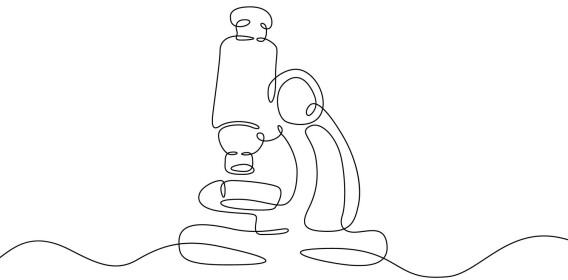The Earth is getting dimmer
New satellite data reveals that our planet is reflecting less sunlight than before. What is happening?

NASA satellites show that more sunlight is now being trapped on Earth, absorbed by dark surfaces such as oceans, dense forests, and water vapour.
According to a Norwegian climate expert, this could make our planet even warmer than researchers have previously predicted.
A planet out of balance
The phenomenon, known as the albedo effect, describes Earth's ability to reflect sunlight back into space.
Bright surfaces like snow, ice, and clouds reflect sunlight and have a high albedo. Dark surfaces like oceans, asphalt, dense forests, and soil absorb sunlight and have a low albedo.
"When global warming melts snow and ice, we lose those bright, reflective surfaces that send sunlight back into space," Helene Muri, a researcher at NILU and NTNU, tells Science Norway.

This creates an accelerating effect that contributes to the Arctic warming faster than the global average.
Gunnar Myhre, research director at CICERO Center for International Climate Research, explains that there used to be a balance between how much sunlight was absorbed and how much was reflected back between the northern and southern hemispheres.
But over the past 20 years, the balance has broken down because the northern hemisphere now absorbs more sunlight than it reflects back into the atmosphere. This is shown in a new study published in the journal Proceedings of the National Academy of Sciences.
Myhre, one of the researchers behind the new study, notes that several factors are driving this change, many linked to pollution and global warming.

Less snow, cleaner air, and a darker planet
As ice and snow melt, the bright surfaces that reflect sunlight back into space disappear. Beneath them lie dark oceans and soil that absorb heat instead.
Warmer seas and air lead to more water vapour, which in turn traps even more sunlight.
At the same time, the air in the northern hemisphere has become cleaner after the implementation of air quality measures to reduce pollution.

Muri explains that while cleaner air benefits public health, it can also make the planet slightly darker and increase global warming.
In the air float tiny particles that researchers call aerosols.
Most viewed
These come from natural sources like pollen, wildfires, and volcanoes, as well as human activities such as road traffic, industry, and agriculture.
There are different types of aerosols. Some warm the planet, but most reflect sunlight and therefore have a cooling effect on the planet.
When we remove harmful aerosols from the air, we also eliminate many particles that reflect sunlight and play a key role in cloud formation.
"We've observed a small decrease in the amount of clouds," says Myhre.
He explains that clouds reflect large amounts of solar radiation and that even small changes can lead to increased global warming.
"We’re now trying to determine how much of this shift in cloud patterns is due to climate change itself, and how much comes from cleaner air and fewer aerosols," says Myhre.

A self-reinforcing effect
Increased warming makes the Earth even less able to reflect sunlight, which in turn leads to even more warming.
This sets off a self-reinforcing cycle. Researchers call it a positive feedback loop.
Researchers are now asking how much warming we should actually expect from greenhouse gas emissions.
A study published in the journal Science earlier this year, co-authored by Gunnar Myhre, indicates that the climate may be more sensitive to greenhouse gases than many models have assumed.
Myhre notes that models predicting less than 2.5 degrees of global warming from a doubling of carbon dioxide emissions are highly unlikely.

"There's a real risk that the warming ahead will be stronger than we've believed," he says.
Myhre and his colleagues reached this conclusion after comparing various climate models with satellite data on Earth's energy balance, where changes in albedo play a key role.
Muri believes these new findings provide valuable support for research on albedo and climate sensitivity.
She notes that researchers have long suspected that the more optimistic climate models were unrealistic but lacked enough observational data to confirm it.
"But that's exactly what this study presents," Muri adds.
The researchers found that the optimistic climate models predicting less global warming do not align with the satellite data collected over the past 20-30 years.
———
Translated by Alette Bjordal Gjellesvik
Read the Norwegian version of this article on forskning.no
References:
Loeb et al. Emerging hemispheric asymmetry of Earth’s radiation, Proceedings of the National Academy of Sciences, 2025. DOI: 10.1073/pnas.2511595122
Myhre et al. 'Observed trend in Earth energy imbalance may provide a constraint for low climate sensitivity models', Science, vol. 388, 2025. DOI: 10.1126/science.adt0647 (Abstract)
Related content:

Subscribe to our newsletter
The latest news from Science Norway, sent twice a week and completely free.

























































